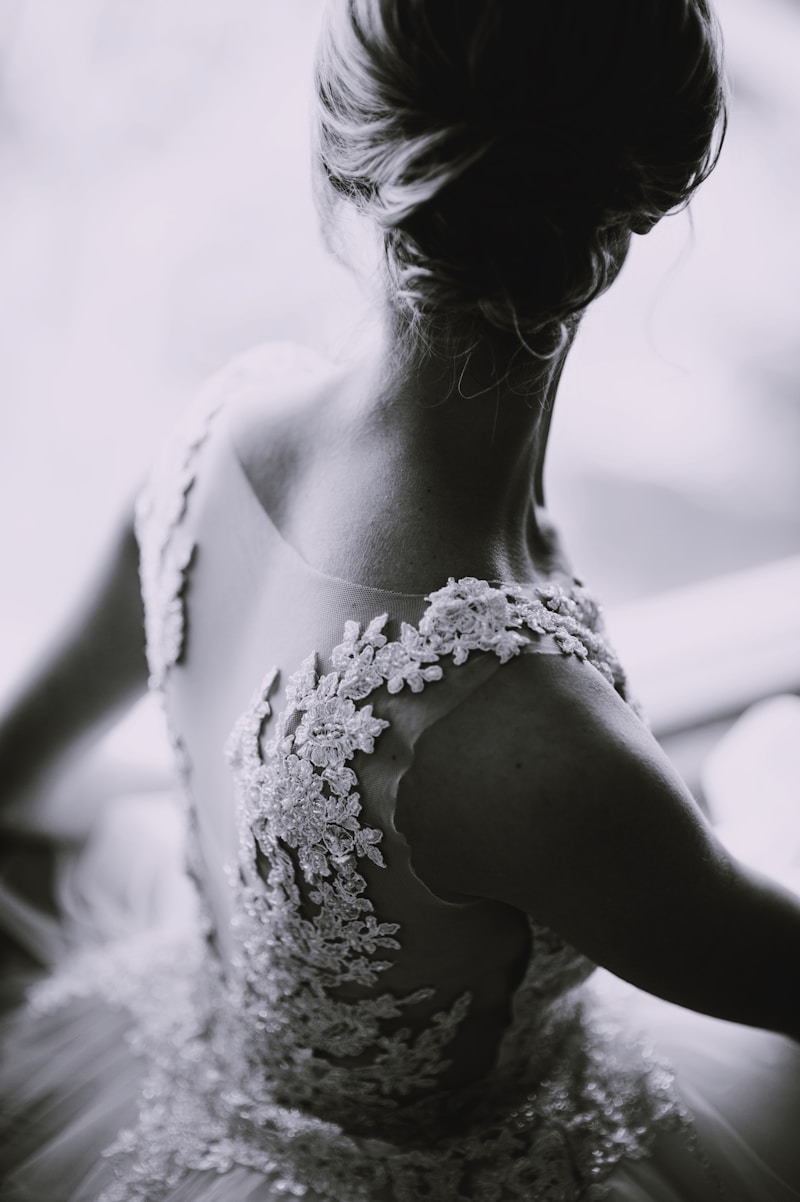Exploring Historical Wedding Rituals: A Journey Through Time
Introduction to Historical Wedding Rituals
Weddings are significant milestones in the lives of individuals and serve as a celebration of love, commitment, and unity. Across the globe, historical wedding rituals provide us with a fascinating glimpse into cultural practices and traditions. This article explores various wedding rituals from different societies, delving into their origins, meanings, and the evolution of these ceremonies over time.
The Significance of Wedding Rituals
Wedding rituals hold profound significance in many cultures. They are not just mere formalities; rather, they symbolize a union of families, societal recognition of a relationship, and the hope for a prosperous future. These rituals vary widely, influenced by factors such as geography, religion, and social norms.
Fascinating Historical Wedding Rituals Around the World
To better understand the diversity of wedding ceremonies, let's explore some of the most intriguing historical wedding rituals from various cultures.
1. The Hindu Saptapadi
In Hindu culture, the Saptapadi, or the "Seven Steps," is a key wedding ritual. During this ceremony, the bride and groom take seven steps together, each representing a specific vow they make to each other. This ancient ritual symbolizes their union and commitment to support one another in their journey through life.
2. The African Hand-Fasting Ceremony
The hand-fasting ceremony, originating from ancient Celtic traditions, has been embraced by various African cultures. In this ritual, the couple’s hands are tied together with a cord or ribbon, symbolizing their partnership and commitment to one another. This ritual highlights the importance of unity and the intertwining of lives.
3. The Japanese San San Kudo
In Japanese weddings, San San Kudo is a significant ritual where the bride and groom take three sips from three cups of sake, symbolizing the bond between them. This act not only represents their commitment to each other but also their connection to their families and ancestors.
4. The Mexican Lasso Ceremony
The lasso ceremony is a traditional Mexican wedding ritual where a lasso, often made of beads or a rosary, is placed around the couple in a figure-eight shape, signifying their union and protection. This ritual highlights the importance of family and community support in marriage.
Table: A Comparison of Wedding Rituals
| Culture | Ritual Name | Symbolism |
| Hindu | Saptapadi | Seven vows for a harmonious life |
| African | Hand-Fasting | Unity and partnership |
| Japanese | San San Kudo | Bond between couple and families |
| Mexican | Lasso Ceremony | Protection and unity |
The Evolution of Wedding Rituals
Over the years, historical wedding rituals have evolved and adapted to changing societal norms, religious beliefs, and cultural influences. For instance, while traditional elements remain prevalent in many cultures, modern couples often blend these with contemporary practices to create a unique celebration. This fusion reflects personal identities while honoring their heritage.
Modern Adaptations
In today's globalized world, many couples choose to incorporate elements from various cultures into their wedding ceremonies. This not only adds a unique flavor to the event but also celebrates diversity and inclusivity. For example, a couple may opt for a traditional church ceremony alongside cultural rituals like the Chinese tea ceremony, symbolizing respect for both their heritages.
Popular Related Searches About Wedding Rituals
- What are the most unique wedding rituals around the world?
- How do wedding rituals vary by culture?
- What historical significance do wedding traditions have?
- Are there common themes in wedding rituals globally?
Conclusion
Historical wedding rituals serve as a captivating reflection of our shared human experiences, showcasing how love, commitment, and unity are celebrated across different cultures. They not only bond couples but also weave together families and communities. While some rituals may fade over time, many continue to thrive, evolving to suit contemporary lifestyles while maintaining their cultural significance. As you plan your wedding, consider embracing the rich traditions of your heritage or exploring unique rituals from other cultures. This will not only honor your roots but also allow you to create a memorable and meaningful celebration.

Suggestions: When incorporating historical wedding rituals into your ceremony, it’s essential to research their meanings and significance fully. Choose those that resonate with you and your partner to create a heartfelt ceremony that reflects your values and beliefs. Don’t hesitate to consult with family members or cultural practitioners to ensure that these traditions are honored correctly.